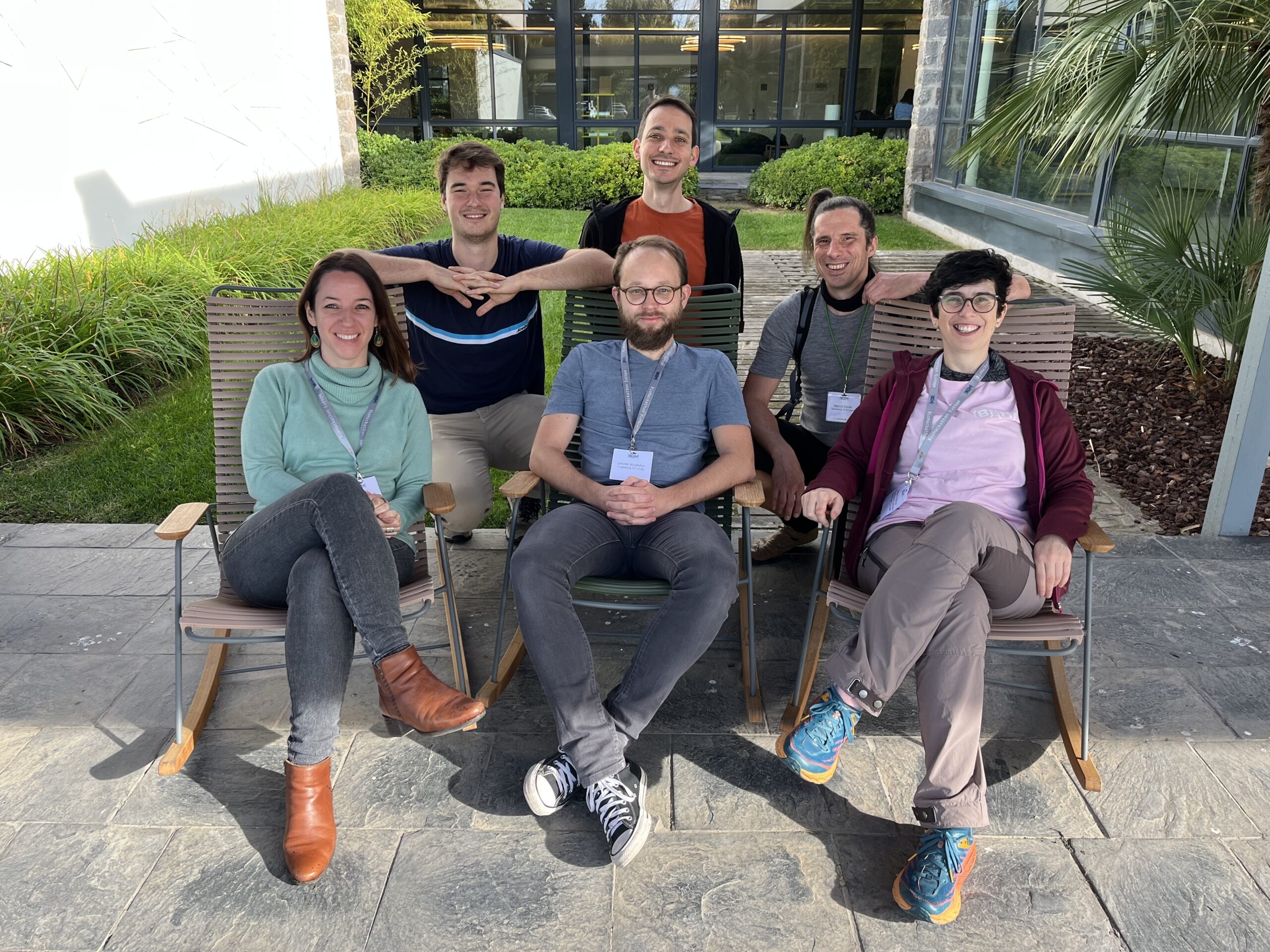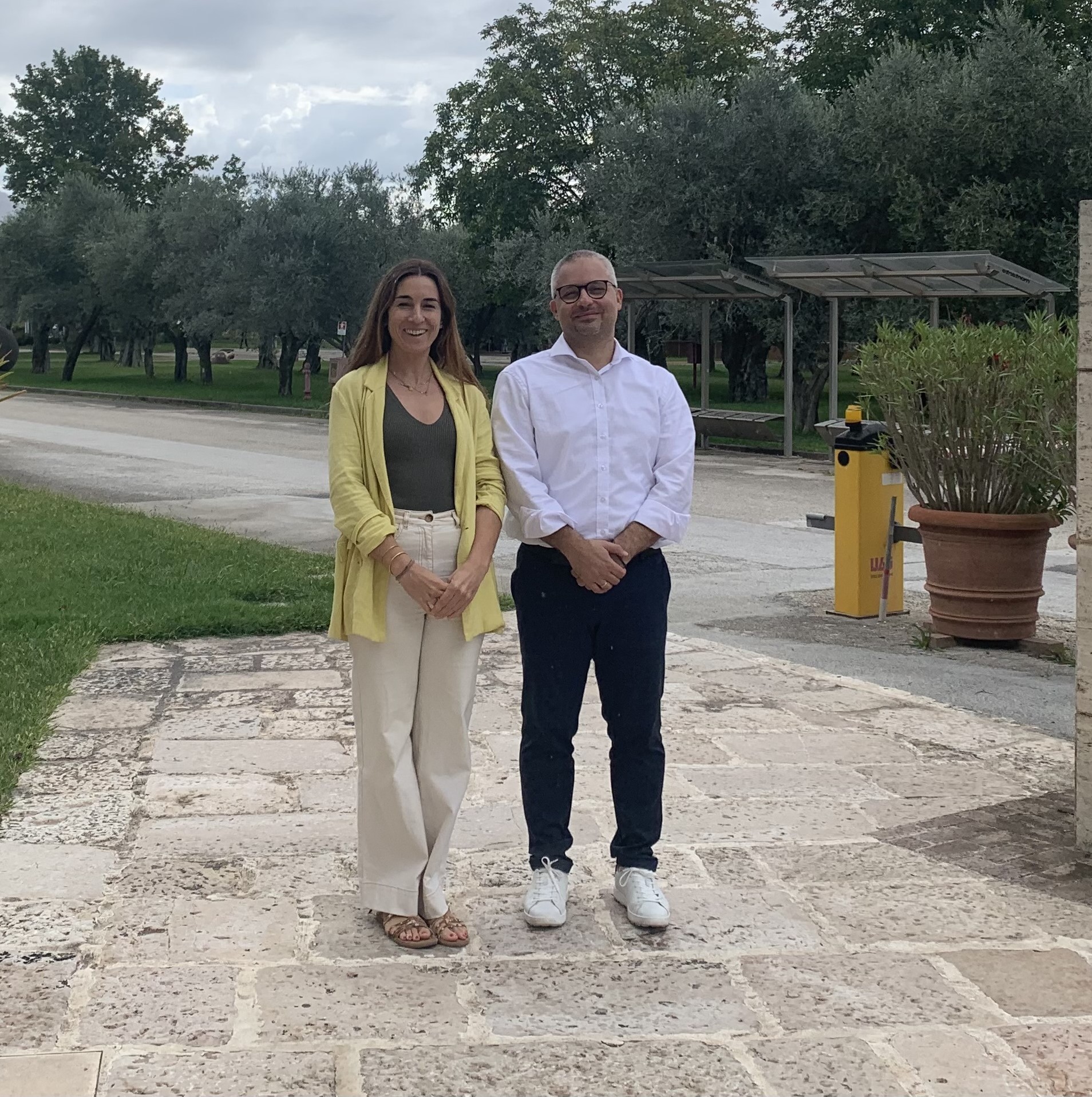
Relation between IL-15 trans-presentation and antigen presentation and their dependence on the actin cytoskeleton
Imaging supports advances in Immunology and Inflammation research. The Euro-BioImaging User Forum “Focus on Immunology” will showcase cutting edge research in this domain from both a scientific and technical point of view. Istvan Rebenku, University of Debrecen, and György Vámosi, Cellular Imaging Hungary Node, will present their work to study immune synapse (IS) formation and the redistribution during T-cell activation.
Abstract
Relation between IL-15 trans-presentation and antigen presentation and their dependence on the actin cytoskeleton
Istvan Rebenku, University of Debrecen
György Vámosi, Cellular Imaging Hungary
The long-term viability of T-cells and the development of immunological memory are dependent on interleukin-15. The receptor for this cytokine is composed of three subunits. IL-15 operates primarily via trans-presentation (TP), where an antigen-presenting cell (APC) expresses IL-15 bound to IL-15Rα and presents it to the βγc receptor heterodimer on an adjacent T or NK cell. The initial step of T-cell activation, known as antigen presentation (AP), is also reliant on the interaction between APCs and T-cells where the antigen-binding MHC molecules interact with T cell receptors. F-actin reorganisation during AP has been documented; however, the role of the cytoskeleton in IL-15 TP is yet to be investigated. In our human Raji B-cell – Jurkat T-cell model system we monitored immune synapse (IS) formation and the redistribution, intercellular interaction and signalling of receptors during IL-15 TP and AP in intact cells and in cells deprived of actin filaments by latrunculin A treatment. We also nanofabricated novel photopolymer cages to bring cells into contact with each other by optical tweezers and to follow the kinetics of IS formation.
The presence of F-actin proved to be crucial for IS formation in both IL-15 TP and AP. When either the presenting or the T-cell was deprived of F-actin, the number of IS-s and their tensile strength decreased significantly. According to optical tweezers measurements, the average time needed to form a stable IS upon IL-15 TP was 20 seconds, which increased to 60 seconds in F-actin depleted T-cells; no IS-s were formed in the absence of IL-15. Once an IS was formed, the subsequent molecular processes were not affected: the translocation of the receptor subunits to the IS or the assembly of the IL-15 TP and AP receptor complexes did not change significantly in cells lacking F-actin. Similarly, the initial signalling steps of both IL-15 TP and AP remained unchanged when F-actin was depolymerized in the T cells. In conclusion, although F-actin is important for stable IS formation, its absence does not affect the association or signalling efficiency of IL-15 TP and AP complexes.

More news from Euro-BioImaging



March 12, 2025
EVOLVE Job Shadowing Stories: Paula Jiménez Gómez visits the DIMP NEUROMED - leadership, measuring impact and the challenges of project coordination.
The EVOLVE Job Shadowing program is a fantastic opportunity for Node staff to immerse in the daily life and operations of other Nodes of…